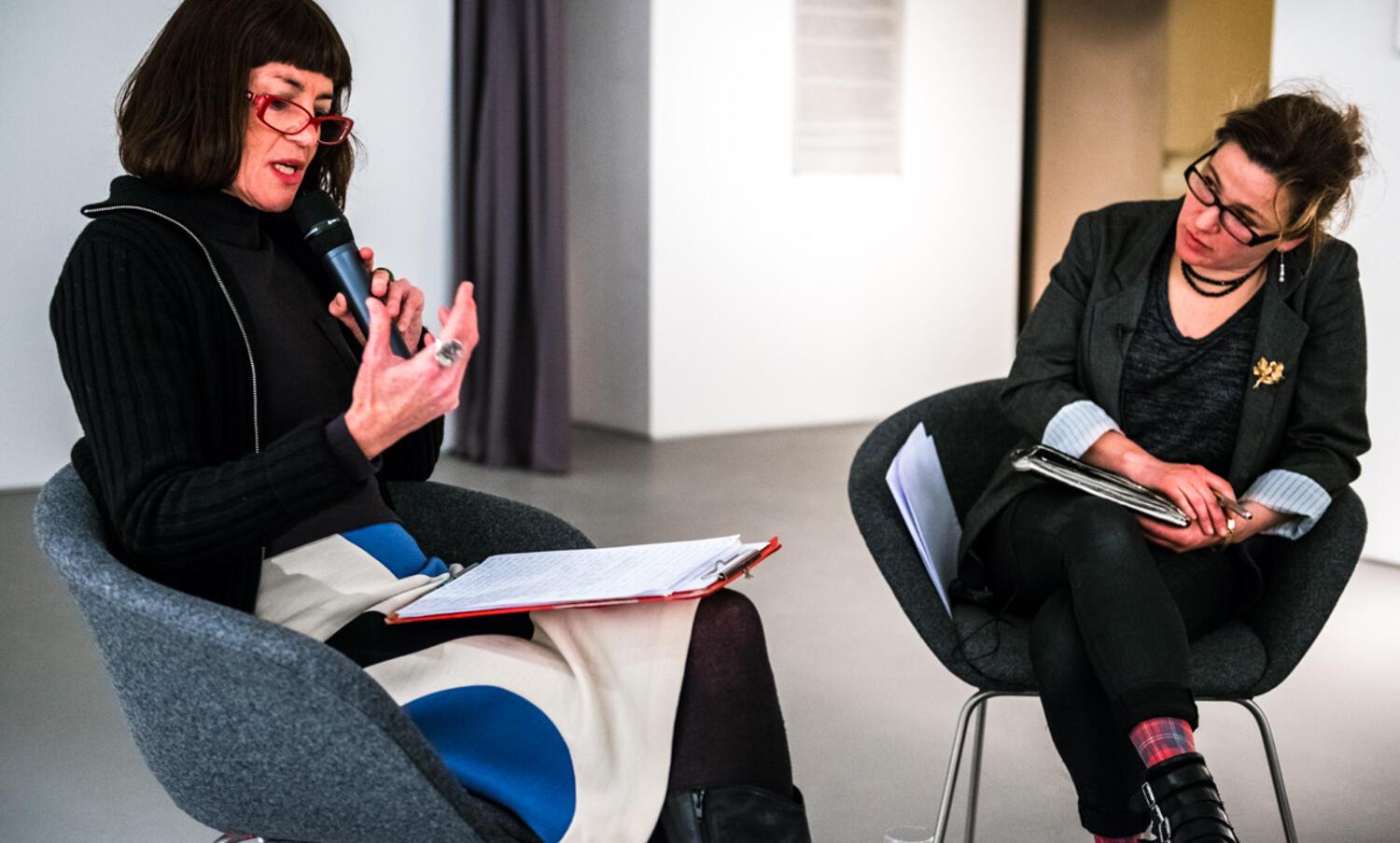


The Contemporary Art Society is delighted to present Bore Song (2011), a moving image work by British artist Louisa Fairclough, which it recently donated to Cheltenham Art Gallery & Museum. The film is presented together with a selection of related on-going drawings from the Ground Truth project. Developed during a residency at Meantime project space in Cheltenham, Bore Song is a 28second 16mm film looped from projector to ceiling projecting onto float glass. It relates to a spectacular Gloucestershire phenomenon called ‘The Severn Bore’, a tidal wave that surges up the River Severn. Through the medium of film, Bore Song attempts to describe distance, time and emotion in physical terms. Framed by water, a young woman kneels at the edge of the river. As the tidal wave reaches her, she opens her mouth to sing, turning away as the wave pulls across the water’s surface, swallowing her reflection. Her voice holds a single piercing note that rises over the sound of the wave.
Bore Song is a fragment from a body of work made by Fairclough along the banks of the Severn over a three year period. It sits closely with two other works made in the same year: the film Song of Grief and sound recording Body of Water. They take inspiration from Alice Oswald’s two collections of poetry: A Sleepwalk on the Severn (2009), a meditation on moonlight, and Dart (2002), where the poems have been composed of notes and reflections from those who have encountered the River Dart creating a soundmap or songline of the river. Mirroring Oswald’s poetic elegy, Fairclough takes the river to represent ideas of locality and journeying. She often cycles by moonlight to the Severn and sleeps along the riverbank. This journeying becomes both gesture and sustenance for the drawings, field recordings and performance films that follow, where the river comes to function as a metaphor for grief.
The installation of Bore Song, where the 16mm film loops beyond the projector, forefronts the sculptural aspect of the work, which carries with it a precarious and contingent value. Likewise, the drawings suggest fragility by being both absent and present, like stains or residual marks. Made at night in Fairclough’s studio using spit, watercolour and pencil onto gesso boards they depict tents, stuff bags, and other unidentifiable corporeal forms. In some cases the drawings are worked into repeatedly, others are more instinctive. In his new text about Fairclough’s drawings, writer Colin Glen suggests they ‘betray an ineluctable compulsion to connect to the solidity of things’. These transportable objects, all the same size, have a white background and muted appearance presenting striking connections to old overexposed photographs, where the previous image is implied by a fragment of form from the layers beneath.